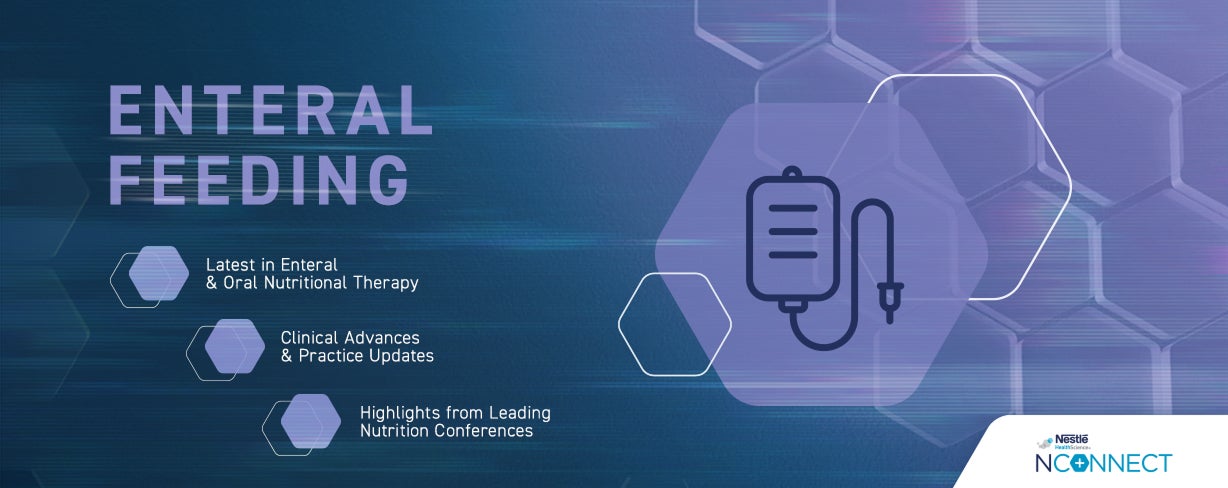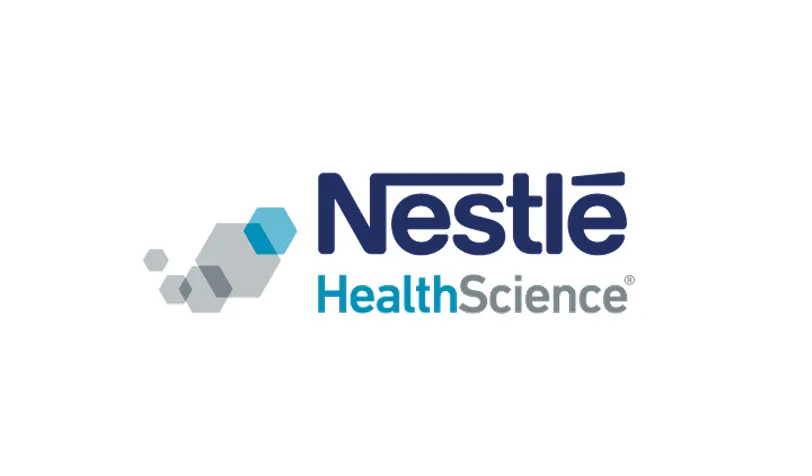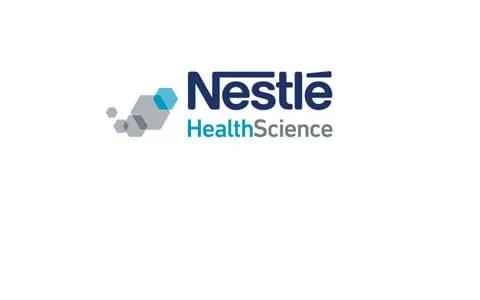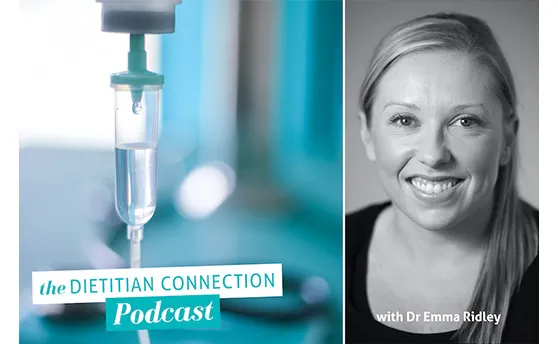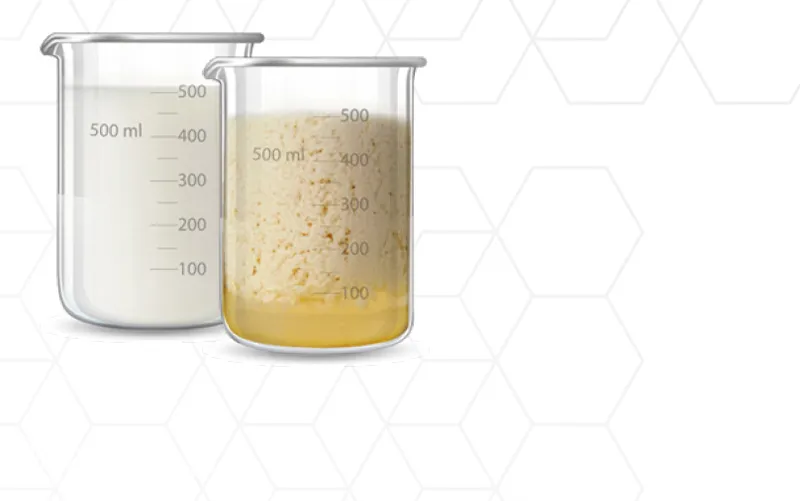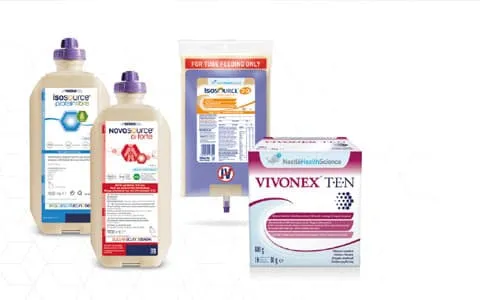Enteral Feeding
Highlight of the month

Low FODMAP – Improving Clinical Outcomes in Children
This webinar presented by Dr. Jaci Barrett who is an Accredited Practising Dietitian. informs you of the history and development of the low FODMAP diet, current evidence for treatment for IBS, implementation of the diet as well further application outside of IBS such as its potential use for infantile colic.
See moreVideos
The video provides in depth information on how patients should complete the process of bolus feeding as well as precautions that should be taken when tube feeding. Additionally, the video provides patients with information about the process of bolus feeding, why it is necessary and how the patient can manage it.
This online webinar called 'The Gut Microbiome, Probiotics and Prebiotics 101', presented by Professor Kevin Whelan, translates the basic science of the gastrointestinal microbiome into dietary management in practice. Professor Whelan specifically focuses on Probiotics and Prebiotics and it's role in maintaining a healthy gut microbiome as well as looking at evidence that may support this.
External Link
Gastrointestinal intolerance is a common problem with enteral nutrition. This randomised controlled trial investigated the influence of a soluble fibre known as PHGG (partially hydolysed guar gum) in medical and surgical enterally fed patients with GI intolerance. Results demonstrated that enteral nutrition supplemented with PHGG lowered diarrhoea rates in patients receiving total and supplemental enteral nutrition, as well as experiencing fewer side effects and less interruption to feeding schedules.
Information for health professionals on nutrition management of critically ill patients, including guidelines on the nutritional management of COVID-19. Please note that all clinical decisions need to be made by the healthcare professional, taking the medical information of the patient into consideration.
Consensus recommendations were established based on eight clinically relevant questions regarding enteral nutrition (EN) indications as deemed by the Enteral Nutrition Committee. These consensus recommendations may act as a guide for clinicians and stakeholders on difficult questions pertaining to indications for EN. This paper was approved by the ASPEN Board of Directors.
These recommendations were developed by a panel of experts in the area of gastroenterology, and include recommendations on the use of fibre in enteral nutrition, such as PHGG (partially hydrolysed guar gum). ‘To prevent enteral nutrition induced diarrhoea in post surgical and in critical ill patients, supplementing enteral nutrition with PHGG is effective.' (Recommendation A)
This webinar informs on the emerging research demonstrating the benefits of partially hydrolysed guar gum (PHGG) for a range of health outcomes, including gut health and as a prebiotic. PHGG exerts the nutritional function of a dietary fibre, while being very low viscosity in solution. This webinar explores PHGG and its specific benefits for gut health.
This podcast explores how prebiotic fibre differs from other fibres and probiotics, and its specific role in supporting gut health. It also touches on which patients benefit from boosting their prebiotic intake and debunks some of the most common myths in the gut health space. In particular the podcast will explore diets that are typically low in prebiotic goodness, how prebiotic fibres can alleviate symptoms of constipation, the role of Partially Hydrolysed Guar Gum (PHGG), a type of prebiotic fibre and top tips for dietitians who see patients with gut health issues.
Guidelines for the provision of nutrition support therapy in the adult critically ill patient by The American Society for Parenteral and Enteral Nutrition(ASPEN). This guideline updates recommendations made from the 2016 American Society of Parenteral and Enteral Nutrition(ASPEN)/Society of Critical Care Medicine(SCCM) critical nutrition guideline for five foundational questions central to critical care nutrition support.
This podcast which features Dr Emma Ridley, who is a Senior Research Fellow and Senior Clinical ICU Dietitian, discusses the nutrition consequences, typical nutrition intake and barriers and nutritional management of patients in ICU, including strategies to improve nutrition intake post-ICU, particularly for COVID-19 patients.
COVID-19 presents significant challenges, not only in caring for patients, but also the mental health of those looking after the patients. This webinar shares practical evidence based strategies from a health psychologist to help clinical dietitians manage stress, maintain optimism, and cultivate self-compassion during this difficult and uncertain time.
A systematic review and meta-analysis evaluating the impact of partially hydrolysed guar gum(PHGG) supplementation on constipation related outcomes in apparently healthy individuals. Results suggested that PHGG consumption led to a favourable impact on constipation prevention of the similar magnitude that was achieved with laxatives.
This study evaluated the progress of symptoms and the modifications in the frequency of evacuations in subjects affected by irritable bowel syndrome and regularly taking PHGG. The study demonstrated that PHGG inclusion in the diet assists in the dietary management of IBS and helps to manage the incidence of flatulence, pain and bloating.
The aim of this prospective study was to investigate the effect of guar gum on colonic transit time (CTT) and symptoms of chronic constipation. The results showed that four-week PHGG use accelerates colon transit time in patients with chronic constipation, especially in those with slow transit, and improves many of their symptoms including frequency of bowel movements.
The effects of partially hydrolysed guar gum (PHGG) were compared in a multicentre randomised open trial in patients with irritable bowel syndrome for 12 weeks. Gastrointestinal symptoms, quality of life and psychological symptoms were evaluated and improved significantly after the first month of administration until follow-up compared to those at baseline.
ESPEN provide updated guidelines on clinical nutrition in ICU. These guidelines define who are the patients at risk, how to assess nutritional status of an ICU patient, how to define the amount of energy to provide, the route to choose and how to adapt according to various clinical conditions. When to start and how to progress in the administration of adequate provision of nutrients is also described.
This ESPEN guideline will help inform healthcare professionals about the indications and contradictions for home enteral nutrition (HEN), and it’s implementation and monitoring. The guideline is based on current evidence and expert opinion and consists of 61 recommendations that address the indications for HEN, relevant access devices, products recommended, monitoring and criteria for termination of HEN, and the structural requirements needed to perform HEN.
This prospective double blind, controlled study evaluates the use of partially hydrolysed guar gum (PHGG) in enteral feeds, to prevent diarrhoea in intensive care unit (ICU) patients. The results showed that enteral nutrition formulae enriched with PHGG was related to a decrease of diarrhoeal episodes in ICU patients with pre-existing diarrhoea.
This randomised controlled trial investigated the use of PHGG (partially hydolysed guar gum) in critically ill patients with diarrhoea receiving enteral nutrition. The results illustrated that total enteral nutrition supplemented with soluble fibre is beneficial in reducing the incidence of diarrhoea in tube-fed full-resuscitated and mechanically ventilated septic patients.
A randomised, double-blind, clinical trial which investigated the effect of FODMAP content in enteral nutrition formula on gastrointestinal intolerance and nutrition status in hospitalised patients. The results demonstrate that low-FODMAP enteral nutrition improves diarrhoea and nutritional status in patients receiving enteral nutrition.
This quick guide provides a snapshot of Nestlé Health Science ready-to-hang and bolus tube feed formulations to help you select a feed that meets patients' individual nutritional needs. Complete nutritional information is provided.
This booklet was designed to provide guidance on the transition from hospital back to your home and the nutrition support services available to you. This resource provides you with information such as helpful contact numbers that you can utilise, a weight monitoring chart and details on the process of tube feeding.
An online summary created by Nestle Health Science of a study using BENEPROTEIN to help patients achieve protein requirements in ICU. The online summary highlights the benefits of Whey Protein whether it be how it may assist in faster gastric emptying, helps support body's antioxidant system in its defence against free radicals or promoting anabolism.
This documents aims to provide evidence to support the use of early nutrition, as well as the use of feeds containing Partially Hydrolysed Guar Gum(PHGG) in critically ill patients as well as provide readers with information about what PHGG is, highlight it's key benefits, and how it can be utilised in a clinical setting.
